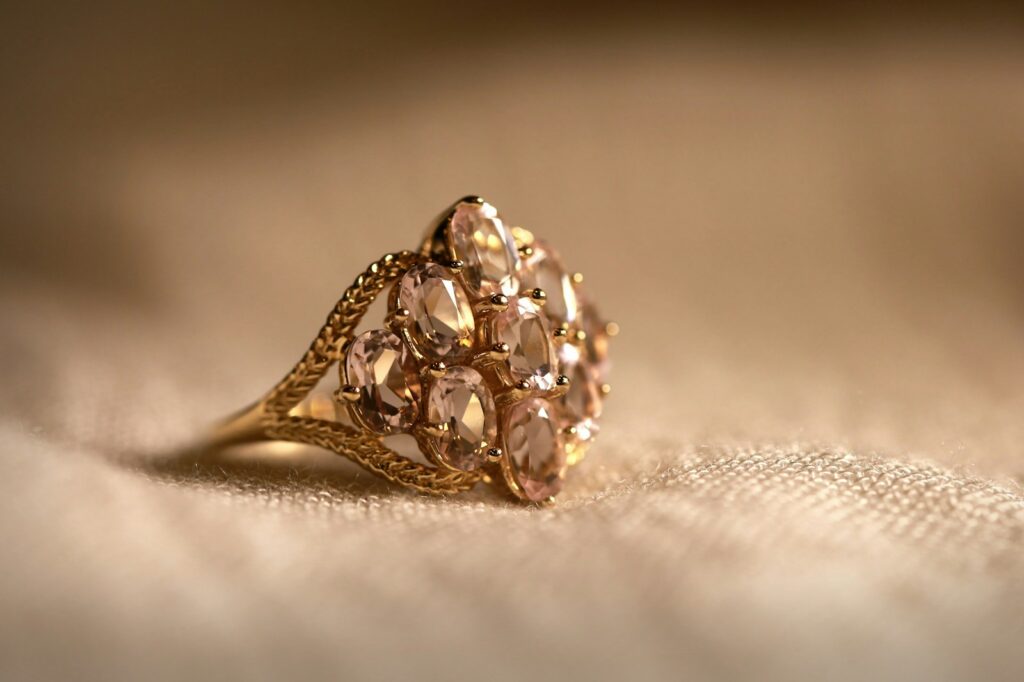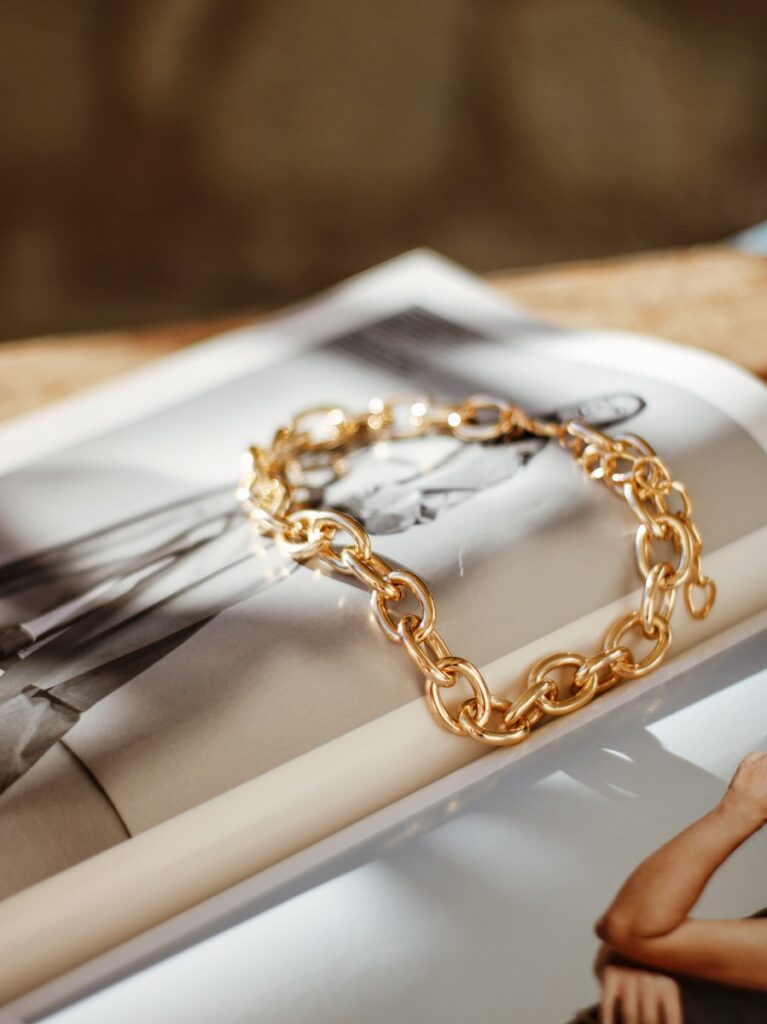
The jewelry industry, as we all know it, is an ever-evolving vortex of newer trends, waiting to be adapted and cherished. Indeed, over the past decade, this gigantic industry has experienced a major boom, leaping towards the pinnacle of innovation and relevance. In 2020, the jewelry revenue in the US was estimated at $18.823 billion, with a promised growth rate of 0.8% by 2023, signaling a robust and dynamic market. While several factors contribute to this epic rise, the role of Millennials and Gen Z consumers is undoubtedly considered to be a game-changer, reshaping the very fabric of luxury.
These transformational generations are truly at the center of attention, as their distinct shopping patterns and evolving values are dictating the future. As projected in a survey by CNBC, younger consumers are playing an integral role in helping to propel the jewelry industry, and understanding their specific needs and expectations is paramount. For any brand looking to grow and thrive in this exciting landscape, considering such statistics can literally make or break the business, emphasizing the urgency of adapting to their preferences. It’s no longer just about sparkling stones or precious metals; it’s about a deeper connection and a reflection of personal ethos.
Millennials, roughly characterized as those born between 1981 and 1996, now include seasoned 30-somethings and even some 40-year-olds. Generation Z, or Gen Z for short, defined as anyone born between 1997 and the present day, is the first generation to have never known a world without the internet. These two groups, with their unique experiences and outlooks, are fundamentally shifting how luxury, particularly gold jewelry, is perceived and purchased. While Gen Y was raised by Boomer parents in a significantly more stable economic environment, fostering a sense of self-assurance, Gen Z experienced a hazier economic climate, making them notably more cautious and frugal shoppers. This nuanced generational divide is crucial to understanding the gold jewelry trends they are actively moving beyond, as they redefine what luxury means in the 21st century.

1. **Gold Jewelry without Ethical Sourcing Credentials**For Millennials and Gen Z, the days of valuing beauty purely at face value are firmly in the past. These generations prioritize far more than just aesthetics; they demand transparency, integrity, and a clear conscience behind their purchases. This profound shift has placed an undeniable “focus on ethical and sustainable jewelry” at the forefront of their buying decisions, fundamentally altering the landscape for gold and other precious items.
This strong ethical stance translates directly into a pronounced disinterest in gold jewelry whose origins are opaque or potentially linked to questionable practices. Younger buyers are actively shunning pieces that lack verifiable ethical sourcing credentials, meaning brands must now provide clear documentation and provenance. They want to know that their gold hasn’t contributed to environmental degradation, unfair labor practices, or conflict, aligning their personal values with their fashion choices. This commitment to ethical consumption isn’t merely a fleeting preference; it’s a deeply ingrained value that informs their entire purchasing ethos.
Consequently, traditional luxury gold, which historically hasn’t always emphasized or transparently communicated its sourcing methods, is finding itself at a crossroads. The expectation now is for brands to go beyond mere claims and demonstrate a tangible commitment to responsible practices throughout their supply chains. This push for greater transparency is reshaping how gold jewelry is produced, marketed, and ultimately valued, creating a new standard for luxury that extends far beyond monetary worth. It reflects an empowering shift where consumers vote with their wallets for a more responsible world.
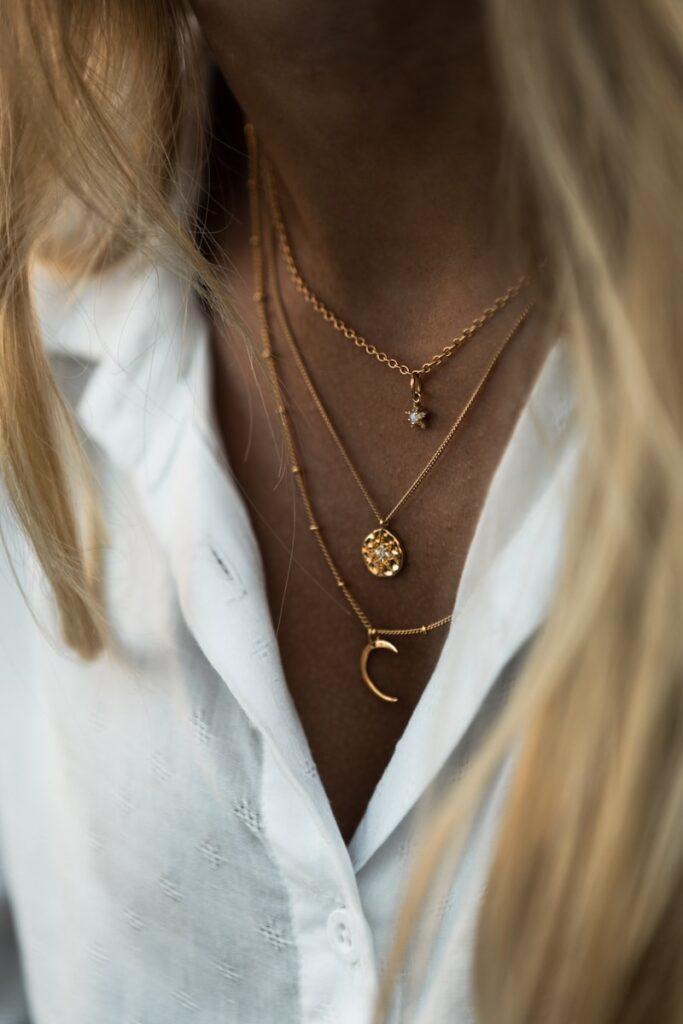
2. **Traditional Gold Settings for Mined Diamonds**The conversation around diamonds has dramatically shifted, particularly among younger buyers, and this has a direct impact on how gold jewelry is perceived. There’s a significant “rise of lab-grown diamonds and alternative materials” like moissanite or recycled metals, which are increasingly capturing the interest of Millennials and Gen Z. This trend isn’t just about finding a cheaper alternative; it’s deeply rooted in their conscious consumer values.
Concerns about the environmental and ethical impact of traditional diamond mining are a primary driver behind this movement. Younger generations are highly attuned to the social and ecological footprints of their purchases, and the provenance of mined diamonds often raises red flags. Lab-grown diamonds, conversely, offer a compelling solution, providing the same brilliance and quality without the associated ethical dilemmas, resonating strongly with a generation committed to responsible consumption. They champion self-expression through choices that align with a positive global impact.
While gold itself can be ethically sourced, its traditional pairing with mined diamonds in classic settings makes the entire piece less appealing to these discerning buyers. The focus moves beyond just the gold to the complete composition of the jewelry. Therefore, traditional gold settings designed specifically to showcase conventionally mined diamonds are seeing a decline in desirability, as younger consumers seek alternatives that align with their ethical priorities. The integrity of the stone now often dictates the desirability of the setting.
This shift challenges legacy brands to rethink their offerings, not just in terms of the gold, but in their entire diamond narrative. By embracing lab-grown diamonds and alternative materials, jewelers can meet the evolving demands of a market that values ethical integrity and environmental stewardship as much as—if not more than—the traditional prestige of a mined stone. It’s about offering luxury that doesn’t compromise on values, demonstrating that high quality and ethical sourcing can indeed go hand-in-hand.
Read more about: Maurice Tempelsman: A Diamond Magnate’s Enduring Influence, From Global Commerce to Jacqueline Kennedy Onassis’s Side
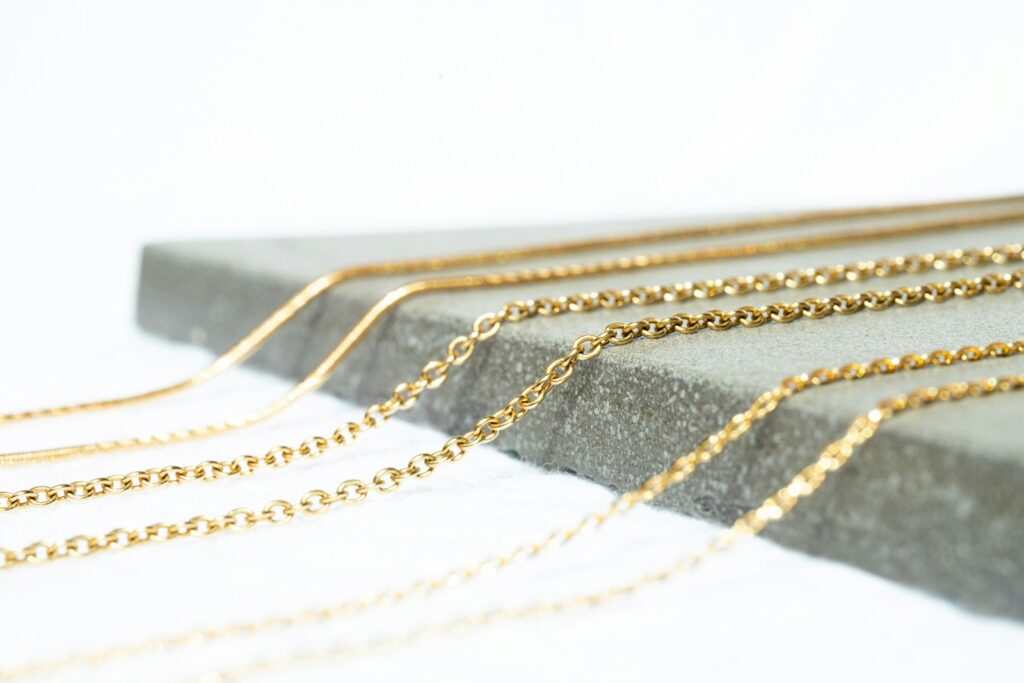
3. **Gold Jewelry from Non-Inclusive or Exclusive Legacy Brands**Millennials and Gen Z are powerfully driving a “preference for diverse and inclusive brands” across all consumer sectors, and the jewelry industry is no exception. These generations actively seek out and support companies that not only reflect their values but also offer a wide range of sizes, styles, and price points, catering to diverse preferences and budgets. This means that traditional notions of luxury, often built on exclusivity, are being re-evaluated and, in many cases, outright rejected.
This clear preference translates into a growing disinterest in traditional luxury brands, particularly in gold jewelry, that are perceived as exclusive, old-fashioned, or not genuinely reflecting a broad spectrum of identities. If a brand’s marketing, designs, or overall ethos feels limited, non-diverse, or out of touch with contemporary social values, younger consumers are quick to look elsewhere. They are looking for brands that champion self-expression and body positivity, making them feel seen and valued, not just as customers, but as individuals.
The challenge for many legacy gold jewelry brands lies in adapting to this new mandate for inclusivity. Brands that cling to outdated notions of exclusivity or fail to embrace diverse representation in their campaigns and product lines risk alienating a significant and increasingly influential segment of the market. This isn’t just about adding a few diverse faces to an ad campaign; it requires a deep, authentic commitment to inclusivity woven into the brand’s very fabric, from design to customer service.
Ultimately, this is an empowering movement for consumers and a transformative opportunity for brands. By genuinely embracing diversity and inclusivity, gold jewelry brands can move beyond the narrow confines of traditional luxury, creating offerings that resonate with a wider audience. It’s about building a community around values and self-expression, rather than just selling expensive items. Brands that understand and adapt to this shift will thrive, while those that don’t risk being left behind in a rapidly evolving market that demands more than just sparkle.
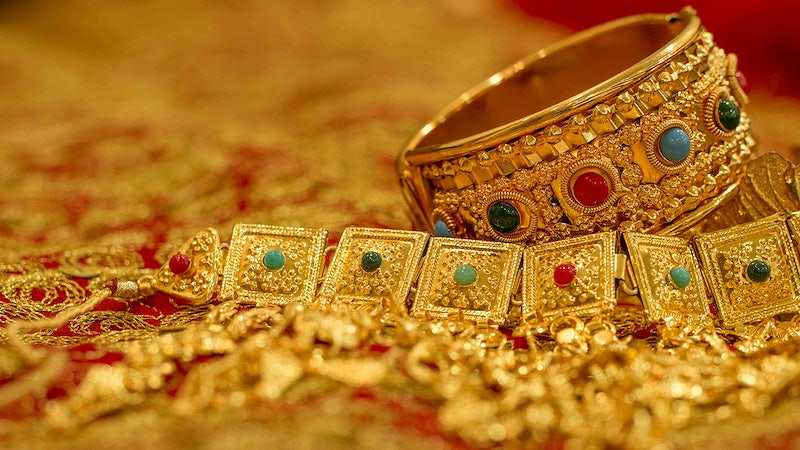
4. **Gold Jewelry as Purely Inherited Status Symbols**A defining characteristic of Millennials and Gen Z is their tendency to “prioritize experiences over material possessions,” a fundamental shift that reshapes their approach to luxury, including gold jewelry. For these generations, the intrinsic value of an object is often less significant than the story it tells, the memories it evokes, or the personal meaning it holds. This perspective creates a distinct divergence from traditional views where jewelry, especially gold, was often acquired purely as a status symbol or a tangible asset to be passed down.
While heirlooms undeniably possess sentimental value, gold jewelry purchased solely as a marker of social standing, or simply for its material worth, without a deeper personal story or connection to an experience, holds considerably less appeal. Younger buyers aren’t simply looking for the most expensive or flashiest piece; they are searching for items that resonate with their lives, commemorate personal milestones, or reflect their unique journey. This means a shift away from pieces that only signify wealth to those that embody meaning.
This trend directly impacts how traditional luxury gold pieces are perceived. Jewelry that might have historically been valued primarily for its exorbitant price tag or the prestige of its brand name now faces scrutiny. Younger buyers are less impressed by mere ostentation and more drawn to authenticity and personal significance. They appreciate craftsmanship, but they also want the piece to tell *their* story, or to be a symbol of *their* achievements, rather than just a legacy from a bygone era.
Therefore, gold jewelry that is presented purely as an investment or a static symbol of inherited wealth risks falling flat with these dynamic consumers. The desire isn’t to reject luxury outright, but to redefine it. It’s about acquiring pieces that contribute to a rich tapestry of life experiences, whether it’s a self-purchase celebrating a career achievement or a unique design that speaks to their individual identity. This shift fosters a more personal and empowering relationship with jewelry, moving beyond passive ownership to active, meaningful adornment.
Read more about: Shiloh Jolie-Pitt’s Daring Transformation: Platinum Blonde Hair, Punk Piercing & The Unapologetic Rise of a New Style Icon at 19
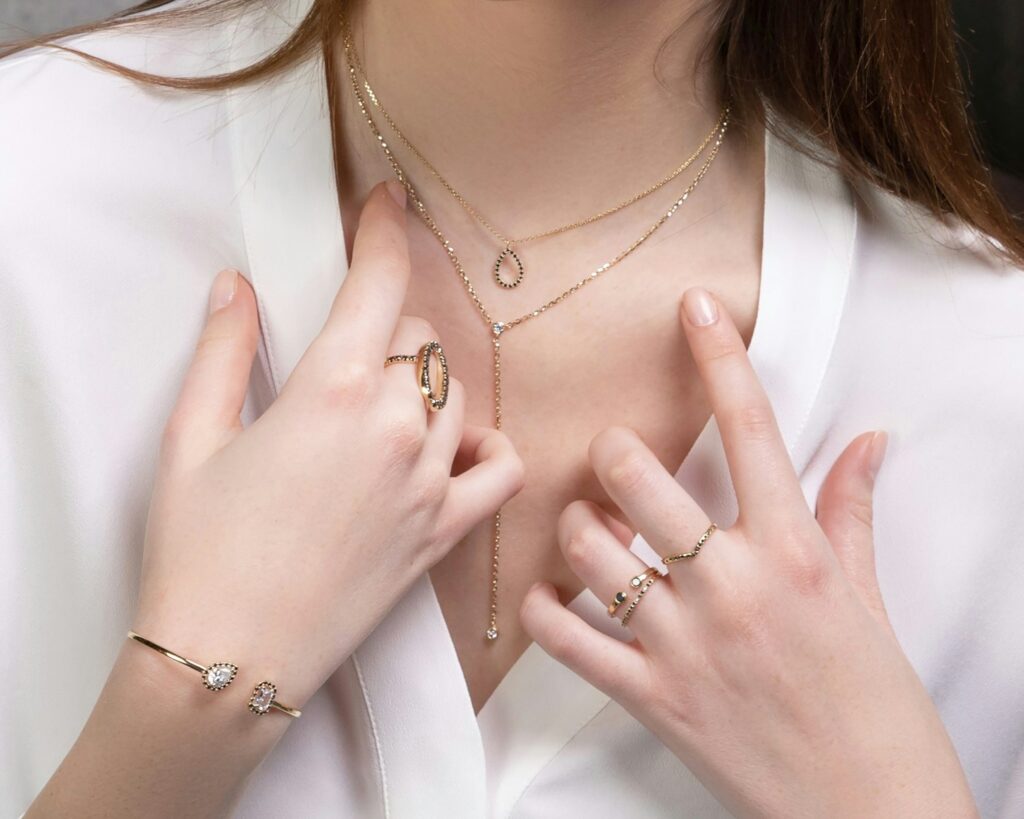
5. **Excessively Ornate Gold Designs (Lacking Modern Appeal)**The aesthetic preferences of younger generations have brought about a fascinating evolution in jewelry design, leading to a nuanced appreciation for different styles. On one hand, “minimalist jewelry trends grew in popularity over the last decade,” becoming a “go-to style for millennials.” These simple yet artistic patterns attract attention because they are easy to wear and resonate a “chic – classy vibe,” embodying the beauty of ‘less is more.’ Brands like AGMES and Chari exemplify this delicate, understated elegance.
This strong embrace of minimalism, with its focus on clean lines and subtle sophistication, naturally suggests a move away from traditional, excessively intricate, or highly ornate gold designs that don’t fit this modern aesthetic. Gold jewelry that is fussy, overly detailed without a clear contemporary vision, or perceived as dated in its embellishments, often fails to capture the imagination of these buyers. They seek designs that are current, effortless, and align with their streamlined lifestyles.
However, it’s crucial to acknowledge the intriguing counter-trend: “where minimalism has been a go-to style for many, the idea of flashy and retro jewelry also took an interesting turn in the past year.” “Chunky Accouterments” like “supersized cocktail rings,” “door-knocker earrings,” and “maximalist chains” have put a fire in the trend, bringing glam to life. Millennials and Gen Z are “rapidly opting for large gold chains this season,” and fashionistas are embracing “vintage-inspired accessories” that reflect the Golden Age of Hollywood. This means that not *all* ornate designs are out, but rather those that lack a deliberate, modern maximalist or retro flair.
Therefore, the gold jewelry designs being shunned are those that are ornate without a clear contemporary direction—pieces that are neither simply elegant and minimalist, nor boldly fashionable and chunky/vintage-inspired. The key for younger buyers is intentionality in design. If an ornate piece feels antiquated or lacks a specific stylistic statement, it’s likely to be overlooked. This shift is about discerning taste, valuing designs that speak to modern sensibilities, whether through understated elegance or a powerful, retro-inspired statement.
Continuing our deep dive into the evolving world of gold jewelry, it’s clear that Millennials and Gen Z are not just buyers; they are cultural architects, reshaping what luxury truly means. As we’ve seen, their priorities stretch far beyond a shimmering surface, delving into the ethics, provenance, and personal significance of each piece. This next wave of trends they are actively departing from further underscores their power to transform the industry, moving away from outdated norms towards an empowering vision of self-expression.
As these influential generations continue to dictate the pulse of the market, their choices signal a clear message to brands: adapt or be left behind. Their savvy consumer behavior, combined with their digital fluency, means they approach jewelry purchasing with a fresh set of expectations, challenging the very foundations of traditional luxury. Let’s unpack the next five significant shifts we’re seeing.
6. **Traditional Brick-and-Mortar Retail Experiences**In an era defined by instant gratification and endless scrolls, the way we shop has fundamentally transformed, and gold jewelry is no exception. Millennials and Gen Z, as true “digital natives,” are inherently “comfortable shopping online” and navigate digital storefronts with an ease that often leaves traditional retail experiences feeling, well, a little… analog. This isn’t just about convenience; it’s about a complete re-imagination of the buying journey, where physical stores often fall short if they don’t integrate seamlessly with digital expectations.
These generations are “heavily influenced by social media and digital marketing efforts,” which means their discovery phase often begins and ends online. The rise of “online jewelry retailers and influencer-driven trends” isn’t a fluke; it’s a direct response to a consumer base that expects “personalized shopping experiences, seamless online transactions and access to exclusive digital content” when they’re making a purchase. The idea of spending hours in a sterile showroom, without the rich digital context they crave, is simply less appealing.
What does this mean for legacy jewelers who’ve built their empires on the glint of a display case? It’s a call to action. While a physical presence still holds value for experiential aspects or high-value purchases, it must evolve. Brands are now tasked with creating an omnichannel experience, where the online journey complements and enhances the in-store visit, rather than feeling like two disconnected worlds. The power of digital platforms to inform, inspire, and facilitate purchases is undeniable, and ignoring this influence means missing out on a massive segment of the market.
The focus for brands now is to create a holistic experience that mirrors the digital fluency of younger buyers. This could mean interactive online configurators, virtual try-ons, or curated social media content that drives both online and in-store engagement. The traditional brick-and-mortar visit needs to offer something truly unique and memorable—a personalized consultation, an immersive brand story, or an exclusive event—to compete with the allure and convenience of the digital realm. It’s about transforming a transaction into an experience that truly resonates.
Read more about: We Need Answers: 13 ’90s Digital Icons That Quietly Vanished from Our Online Lives

7. **Gold Jewelry Solely for Traditional Occasions**The narrative around significant life events and the jewelry that marks them is undergoing a fascinating re-evaluation. While “traditional occasions such as weddings and engagements still drive significant jewelry sales,” Millennials and Gen Z are powerfully expanding the definition of what deserves a golden moment. They are fundamentally “shifting how luxury, particularly gold jewelry, is perceived and purchased” by celebrating a much broader spectrum of personal milestones.
This means a pronounced decline in the appeal of gold jewelry that is exclusively marketed or perceived as “occasion-specific” in the narrow, conventional sense. Instead, “younger generations are also buying jewelry for self-purchase or to mark milestones such as career achievements or personal milestones.” The empowering act of buying a piece of gold to commemorate a personal triumph, a hard-earned promotion, or even a moment of self-love, is becoming just as, if not more, significant than the traditional gift-giving ritual.
This shift reflects a broader cultural movement towards self-empowerment and the celebration of individual journeys. Gold jewelry, therefore, transforms from a passive gift often tied to societal expectations, into an active symbol of personal accomplishment and identity. Brands that solely target traditional life events risk overlooking the immense potential of this growing “self-purchase” market, where consumers are actively seeking pieces that tell *their* unique story and reflect *their* current phase of life.
The key for jewelers is to broaden their storytelling, showcasing gold jewelry not just as tokens of love or commitment for others, but as powerful emblems of self-worth and personal achievement. This inclusive approach speaks directly to a generation that values authenticity and wants their adornments to be as dynamic and multifaceted as their own lives. It’s about creating a connection beyond the ceremony, rooting the jewelry in the everyday triumphs and evolving identities of its wearer.
Read more about: Rev Your Engines! A Deep Dive into Kendall Jenner’s Jaw-Dropping Car Collection
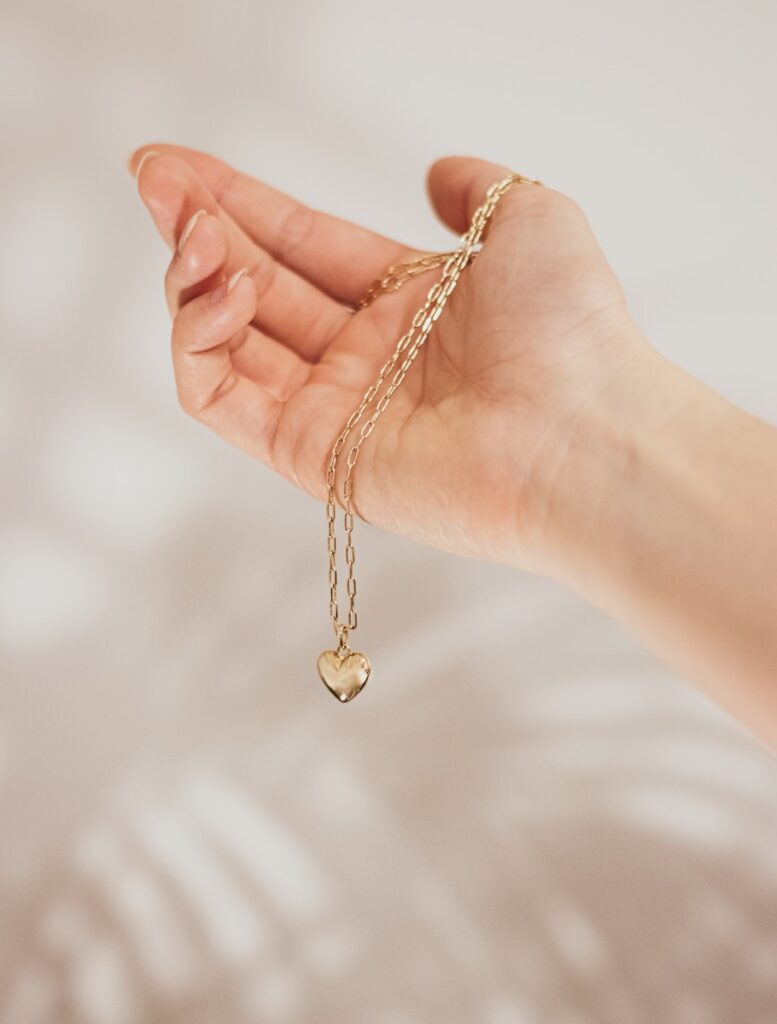
8. **Styles Unaligned with Digital Influence and Trends**In a world saturated with visual content, where trends often ignite and spread across social media platforms at lightning speed, gold jewelry styles that fail to resonate in the digital sphere are increasingly being left behind. As digital natives, “Millennials and Gen Z are heavily influenced by social media and digital marketing efforts,” and the “Influence of Celebrities and Influencers” is paramount in shaping their purchasing decisions and style preferences.
This means that for a gold jewelry design to truly capture the imagination of these generations, it needs to be ‘Instagrammable,’ ‘TikTok-ready,’ and effortlessly shareable. Styles that appear dull, uninspired, or simply don’t translate well through a smartphone lens often struggle to gain traction. The visual appeal, the way a piece can be styled and showcased online, has become a critical factor in its desirability. It’s not just about looking good in person, but looking exceptional on a feed.
We’ve already seen how “chunky accouterments” like “supersized cocktail rings,” “door-knocker earrings,” and “maximalist chains” exploded in popularity, partly due to their bold visual impact online. Similarly, “vintage-inspired accessories” that reflect the glamour of “the Golden Age of Hollywood” have found a new life on digital platforms, driven by fashionistas and influencers who expertly curate their retro-chic aesthetics. These trends demonstrate how digital influence elevates certain styles while sidelining others that lack that immediate, shareable allure.
Brands must therefore consider the digital lifespan of their designs, thinking beyond traditional marketing to how their pieces will live and thrive in the online ecosystem. This involves creating visually compelling campaigns, collaborating with relevant influencers, and designing pieces that inherently lend themselves to diverse styling and photographic opportunities. Gold jewelry today isn’t just an accessory; it’s a statement, a reflection of personal brand, and a piece of digital content waiting to be shared.

9. **Generic, Mass-Produced Gold Pieces**Amidst a generational push for authenticity, individuality, and conscious consumption, the allure of “generic, mass-produced” gold jewelry is rapidly waning. Younger buyers, deeply invested in “self-expression and body positivity,” seek pieces that resonate with their unique narratives and personal ethos, rather than merely blending into a sea of sameness. This desire for distinctiveness challenges the very notion of standardized luxury.
This trend aligns closely with their broader “preference for diverse and inclusive brands” and their rejection of exclusivity built on conformity. When they prioritize “personalized shopping experiences,” it’s a clear signal that they value items that feel special, unique, or crafted with a particular vision in mind, moving away from anything that screams “assembly line.” The story behind a piece, its artisanal qualities, or its ability to be customized, often holds more weight than its mere availability.
The market is increasingly rewarding brands that offer bespoke options, limited editions, or collections that reflect a strong, individual design philosophy. Gold jewelry that lacks a compelling narrative, or feels indistinguishable from countless other pieces, struggles to capture the attention of these discerning consumers. They want to connect with the artistry, the intention, and the unique identity embedded within their adornments, making a powerful statement through their choices.
This generational shift encourages brands to move beyond purely transactional sales and cultivate a deeper relationship with their customers, built on shared values and a celebration of individuality. By offering pieces that allow for personal storytelling and meaningful connection, gold jewelers can tap into the profound desire for self-expression that defines these powerful consumer groups, turning away from the generic to embrace the truly personal.
Read more about: Unlock A-List Living: 15 Budget-Friendly Decor Secrets to Style Your Home Like a Celebrity for Under $1000
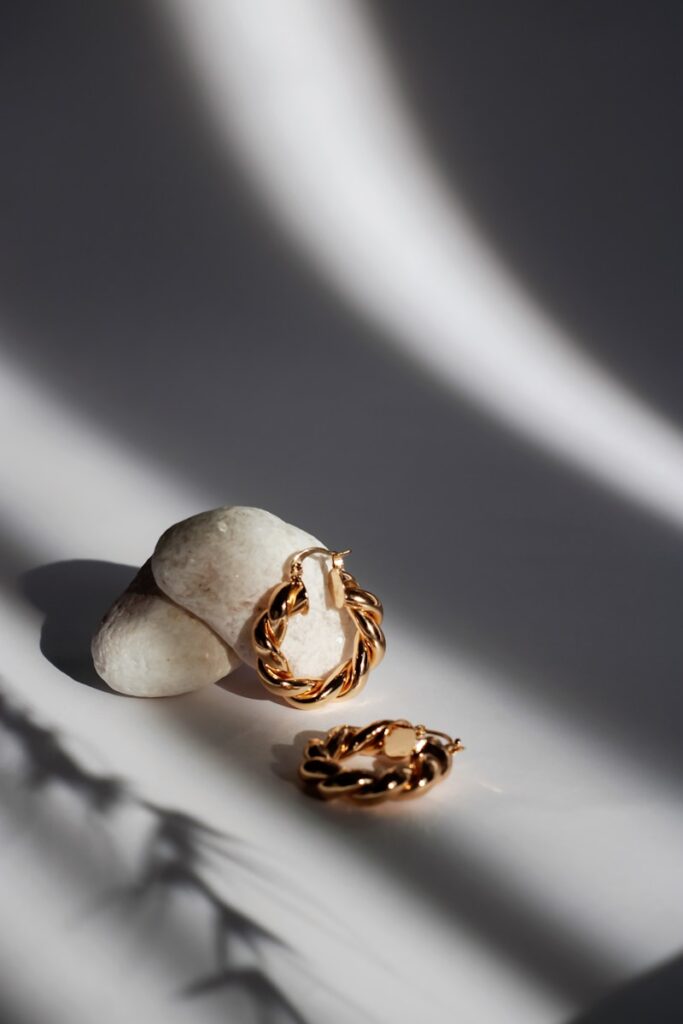
10. **Outdated Floral Motifs**Nature has always been a wellspring of inspiration for designers, and floral themes in jewelry are timeless in their essence. However, what constitutes appealing “floral motifs” has undergone a significant modernization through the eyes of Millennials and Gen Z. While “Contemporary and ethnic Floral jewelry designs are definitely a go-to,” particularly in gold, diamond, or platinum with themes like roses, tulips, and sunflowers, it’s the *outdated* interpretations that are now being actively shunned.
The distinction is crucial: these generations aren’t rejecting florals entirely, but rather those designs that feel stale, overly traditional, or lack a fresh, artful reinterpretation. If a floral gold piece conjures images of antiquated heirlooms without a modern twist or a deliberate vintage-inspired flair, it simply won’t resonate. They seek designs that embody a a “chic – classy vibe,” even when drawing from natural elements, demanding a sensibility that aligns with current aesthetic preferences.
The context also highlighted a fascinating duality in younger buyers’ tastes: while “minimalist jewelry trends grew in popularity,” there’s also an embrace of “flashy and retro jewelry” through “chunky accouterments” and “vintage-inspired accessories.” This implies that even ornate, nature-inspired pieces need to align with either a sleek, understated elegance or a bold, intentional retro statement to be considered fashionable. Outdated florals, which fit neither category effectively, are therefore less desirable.
For gold jewelry designers, the challenge lies in reimagining floral themes with a contemporary lens. This could involve abstract interpretations, geometric patterns inspired by nature, or bold, stylized renditions that feel current and empowering, rather than merely replicating past styles. It’s about bringing a fresh perspective to a classic motif, ensuring that nature’s beauty is celebrated in a way that truly speaks to the modern consumer’s desire for relevant and expressive adornment.
Read more about: Summer’s Hot and Not-So-Hot Accessories: Designer Insights
The gold jewelry market is undergoing a seismic shift, driven by the discerning tastes and values of Millennials and Gen Z. These generations are redefining luxury, moving away from conventional notions of status and tradition towards a landscape dominated by authenticity, ethical responsibility, and profound personal connection. From ethical sourcing to digital influence, and from individualized experiences to contemporary aesthetics, their preferences are drawing a clear line in the sand. Brands that embrace these shifts, championing transparency, inclusivity, and innovative design, will not only survive but truly thrive, crafting a golden future that sparkles with meaning and modern appeal. The jewelry industry isn’t just selling precious metals; it’s selling stories, values, and an empowering form of self-expression that resonates deeply with the generations shaping tomorrow.

